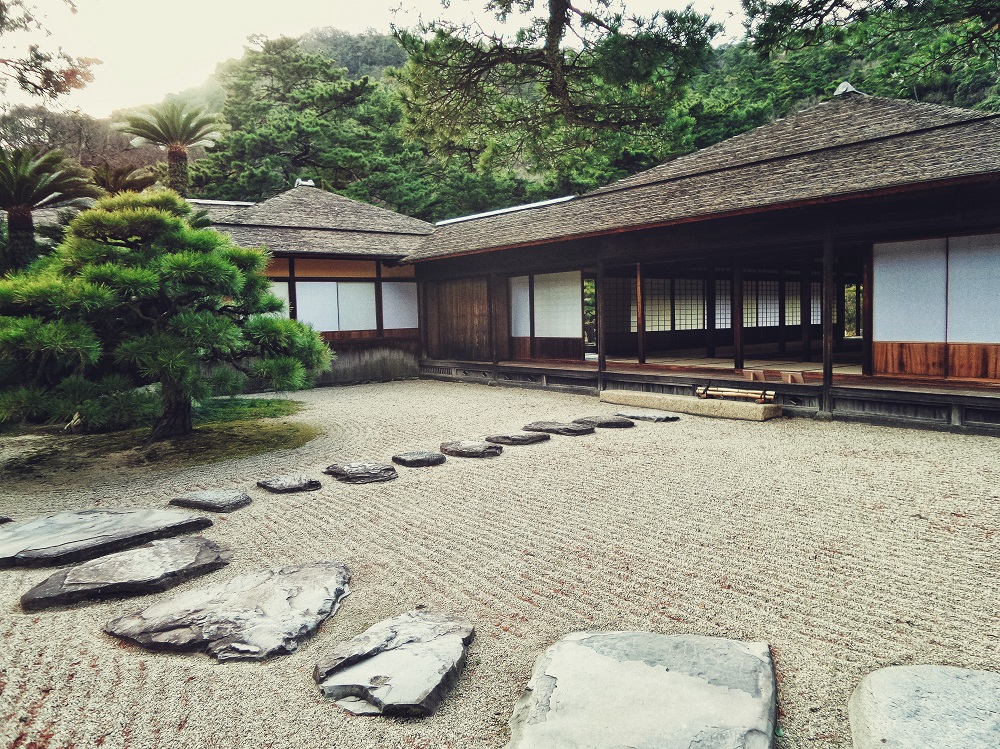- Making your home energy-efficient can help you save money on your monthly energy bill and reduce your carbon footprint.
- Enhancing your home insulation and upgrading lighting to LED bulbs are all great ways to make your home more energy-efficient.
- Planting trees and shrubs around your house can offer natural shading and help reduce energy usage during the summer months.
- Making small changes in your home can pay off in a big way—not just in terms of energy savings but also in creating a healthy environment.
If you’re looking to cut your energy usage, you’re far from alone. Millions of homeowners nationwide seek ways to reduce their carbon footprint and save money. But going green doesn’t have to be complicated or expensive.
A few simple changes in your home can pay off in a big way, not just in energy savings but also in creating a healthy, comfortable living environment. Here are some easy and cost-effective tips for making your home more energy-efficient.
What is an energy-efficient home?
An energy-efficient home is designed to use the least energy possible while providing a comfortable living space for its occupants. This can be achieved through various methods, such as high-quality insulation, energy-efficient appliances, and strategically placed windows allowing natural light and ventilation. By reducing energy consumption, an energy-efficient home helps the environment and has long-term financial benefits as it can significantly lower energy bills.
How does it help the environment?
It’s no secret that the world is facing an energy crisis. According to the Intergovernmental Panel on Climate Change, greenhouse gas emissions from human activities are the leading cause of climate change. An energy-efficient home is one way you can help reduce your carbon footprint and contribute to a healthier planet.
By making your home more energy-efficient, you can do your part to reduce the amount of energy used in your household and therefore help reduce emissions contributing to climate change. Additionally, renewable energy sources, such as solar panels or geothermal heating systems, can further support this goal.
Tips for making your home energy-efficient
The good news is that there are plenty of ways to make your home more energy-efficient without breaking the bank. Here are some tips to get you started:
Enhance your home insulation

Poor insulation is one of the biggest culprits of energy loss. Investing in professional home insulation services can help ensure that your house is adequately insulated, keeping warm air inside during winter and cool air inside during summer. Hiring experts to do the job is the best way to ensure it is done correctly and efficiently.
Upgrade your lighting
One of the easiest ways to start cutting your energy usage is by swapping your incandescent bulbs for LED bulbs. LED bulbs use up to 75% less energy than traditional bulbs and last up to 25 times longer. They might cost more upfront but will save you money on your energy bill in the long run. Upgrading your lighting fixtures to be more energy-efficient is another great way to reduce your energy consumption.
Install a programmable thermostat.
Another way to reduce your energy usage is by installing a programmable thermostat. These thermostats allow you to adjust your home’s temperature to your schedule, so you can keep your home comfortable when you’re there and save energy when you’re not. By setting your thermostat back 10-15 degrees for eight hours daily, you can save up to 10% on your heating and cooling bills.
Seal air leaks
Air leaks are a common culprit for energy waste but are also easy to fix. Weather stripping and caulking can seal doors, windows, and other openings that let air escape. This can save you up to 15% on your heating and cooling bills.
Upgrade your appliances

If your appliances are over ten years old, they’re probably not as energy-efficient as they could be. By upgrading to Energy Star-rated models, you can cut your energy usage by up to 50%. Plus, newer appliances are more reliable, which means you’ll save money on repairs in the long run.
Plant trees and shrubs
Planting trees and shrubs around your home can offer natural shading, reducing your energy usage during the summer months. Plants absorb carbon dioxide, which can help reduce your carbon footprint.
Final thoughts
No doubt making your home energy-efficient takes some effort, but it’s more than worth it. By following these easy tips, you can save money on your energy bills, increase your home’s value, and reduce your carbon footprint all at once. And remember, every little bit helps. Even small changes can make a big difference in the long run.


